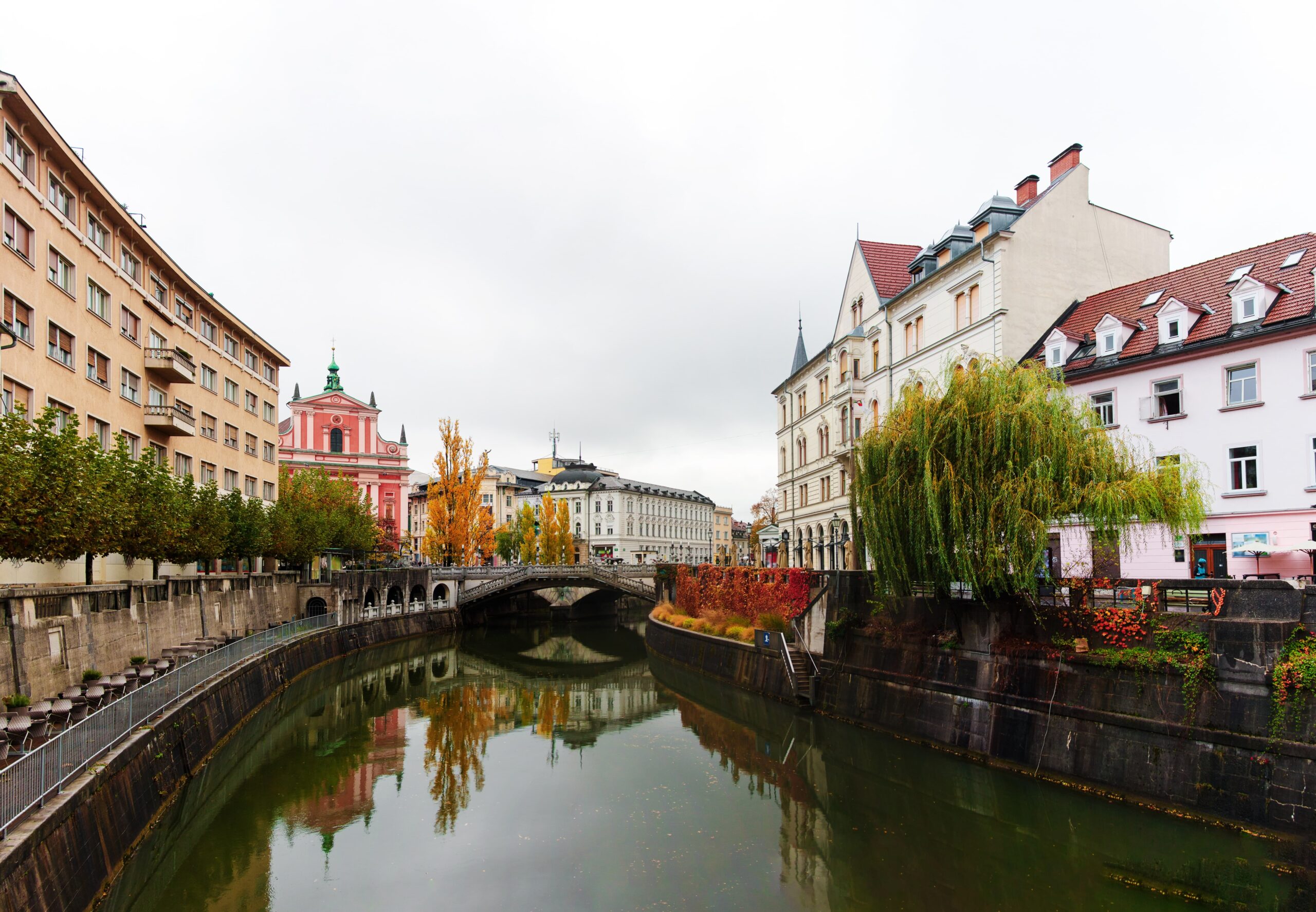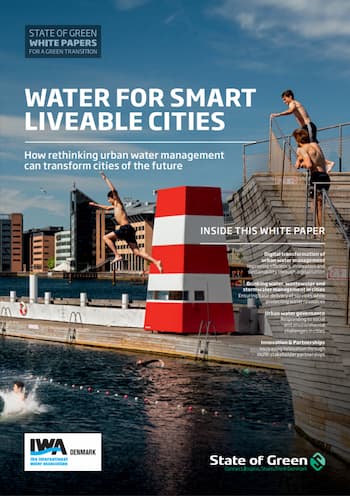Download our publication on water for smart liveable cities today
This article is part of our publication ‘Water for smart liveable cities’
Download nowPerspective
Smart cities
Climate change adaptation
Water management


Today, more than half of the world’s population live in cities. The United Nations estimate that by 2050, this will increase to 70 percent. Water is fundamental for both life – including modern, urban life – and economic growth across sectors. According to World Economic Forum’s Global Risk Report 2020, water-related issues such as extremeweather, natural disasters, drought, and ailure to adapt to climate change are among
the greatest global risks to the well-being and prosperity of mankind.
Ensuring basic delivery of services for people and production, while at the same time protecting the surrounding water resources is a key task for urban water managers. This must go hand-in-hand with planning and managing well-functioning cities that are resilient, healthy and attractive places to live.
Urban water managers all over the world share these challenges. In Copenhagen – the host city of the International Water Association’s (IWA) World Water Congress & Exhibition in 2021 – and other Danish cities, water managers are constantly working towards creating better cities, and they
are committed to sharing experiences with other cities worldwide. Water governance, technology development and daily operations in Denmark is
based on a high level of trust, engagement and enforcement of regulations which ensure public legitimacy. Over the past 50 years, a professional effort has been made to streamline and further develop the water sector to provide environmental benefits, effectiveness and efficiency and to support sustainability efforts. And in recent years, to also contribute to an overall green transformation of society in a manner which promotes economic growth and employment.

This article is part of our publication ‘Water for smart liveable cities’
Download nowBy the onset of the 2020s, three new agenda-setting megatrends are shaping the international water sector as well as the Danish:
These megatrends are also reflected in the European Union’s ‘Green Deal’, which aims to achieve carbon-neutrality by 2050 and sets ambitious targets for zero pollution, a cleaner environment and improved biodiversity. This is mirrored by the Danish Government’s green transition policy which aims to reduce the country’s total CO2 emissions by 70 percent by 2030, and sets a specific target for the Danish water sector to become energy
and climate neutral by 2030.
publications
Combined heat and power production
+9
solutions
Climate change adaptation
+4
Perspective
Sector coupling
+9